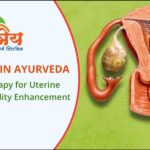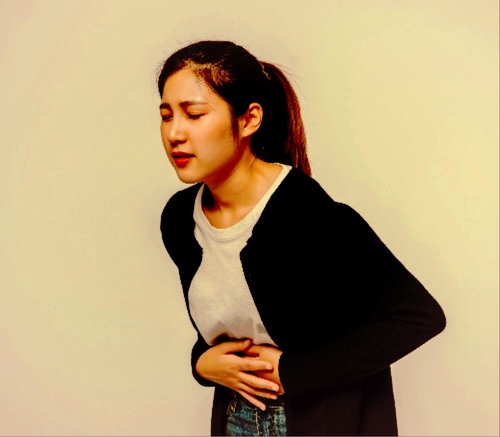When the tissues growing outside your uterine cavity coincide with the tissues forming the inner layer of your uterus, it’s referred to as Endometriosis. Generally, Endometriosis is diagnosed in the pelvis or lower abdomen. About 10% of women suffer from this disorder.
Symptoms :
- Painful intercourse.
- Discomfort during urination.
- Lower abdomen pain.
- Unbearable menstrual cramps.
- Constipation
- Overflow during menstruation.
Prevention :
The chances of developing Endometriosis could be reduced by diminishing the estrogen levels of the female body.
- Exercising helps reduce the fat in your body, which would decrease the flow of estrogen.
- Lowering alcohol consumption would lower the estrogen level in your body.
- Request your gynecologist to prescribe your hormonal birth controls such as pills, rings, etc, with minimal estrogen levels.
- Drinks, including caffeine, should avoid more than once a day.
- Add more vegetables, fruits, and omega-3 fats to your diet and omit red meat.
Ayurvedic Therapy :
According to Ayurveda, Endometriosis occurs due to a distorted Vata Dosha. “Apana Vata,” a subtype of Vata Dosha, is in charge of eradicating faeces, urine, and menstrual blood from the body. If by any chance, there is an obstruction in Apana Vata, then the body might face several discomforts.
-
Nidana Parivarjanam :
One should recognize the primary cause behind the irritated Vata Dosha and drop it.
-
Snehana :
Applying medicated oils.
-
Swedana :
The steam therapy.
-
Ayurvedic herbs :
Sonamkuhi and Haritaki are extremely effective herbs that detangle the obstructions in Apana Vata.
-
Pichu :
A sterile cotton pad dipped in medicated oil is applied to the affected area to eradicate tension, inflammation, or infection.
Uttara Vasti– Medicated oils are supervised through the vaginal passage.
Aatreya Ayurveda and Panchkarma Clinic in Hadapsar, Pune. Follows the best Ayurvedic practices to treat an d cure chronic diseases.






